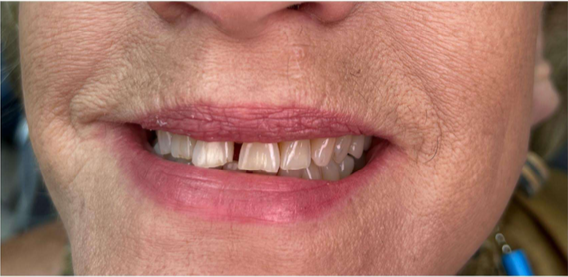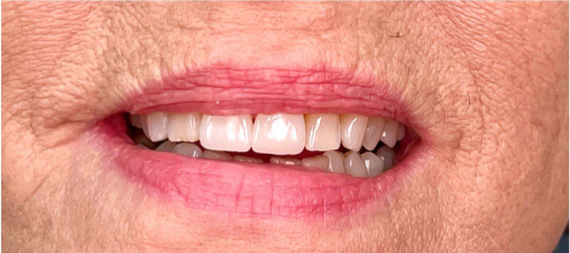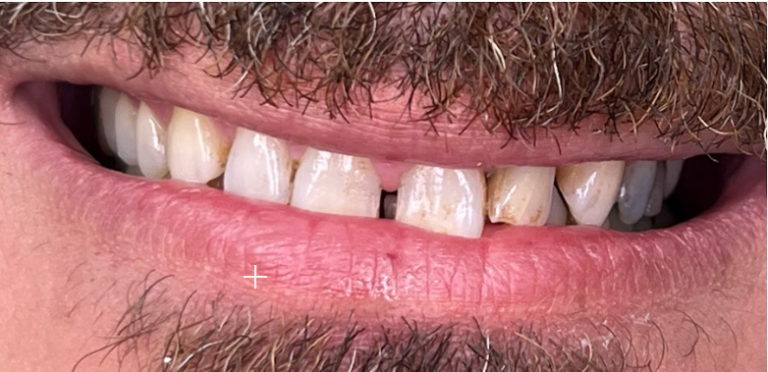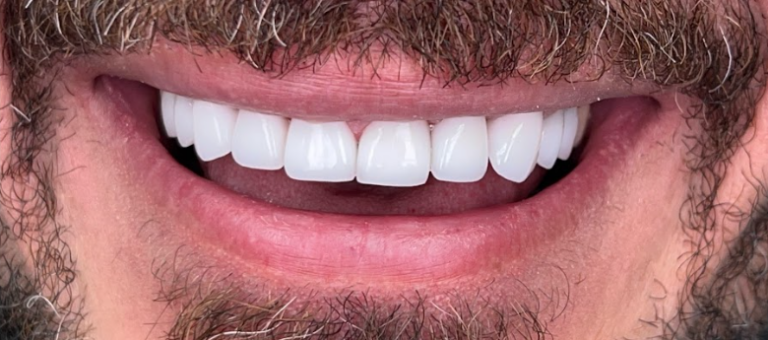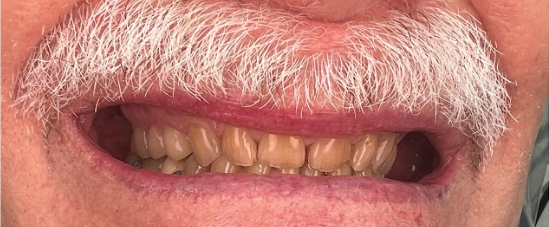Bone Grafting
The bones around your teeth are like scaffolding. They provide the supporting base that firmly holds teeth in place and creates your jaw structure. When bone is lost through gum disease, tooth removal, or trauma, it doesn’t grow back on its own. Fortunately, with bone grafting care at Bayshore Family Dental, the bone can be encouraged to rebuild a strong structure for your teeth.
Am I a Candidate for Bone Grafting?
Dental bone grafting is a surgical procedure that involves adding bone or a bone-like material to a patient’s jawbone to improve its strength and density. It can be used to help replace missing bone in the jaw due to periodontal disease or injury, or fortify the jawbone to receive a dental implant.
Bone grafting is a common procedure recommended to patients who have suffered bone loss through periodontal disease, lost teeth from trauma or gum disease, or lack bone density to support dental implants. Bone loss affects the healthy structure of one’s jaw and teeth. It can also negatively impact one’s appearance and face structure. Bone grafting is an effective treatment to prevent further bone loss, improve cosmetic appearance, and increase the strength and stability of one’s jaw structure.
Procedure Expectations
Depending on a patient’s needs, one bone grafting procedure may not be exactly like another. It can be done immediately after a tooth extraction to support the empty socket, or may be applied to reinforce teeth that are loosened through gum disease. The majority of bone grafting cases will follow a similar procedure pattern so you can know what to expect before your treatment.
To begin, most bone grafting procedures use local anesthesia to numb the area. For dental phobic patients, sedation dentistry options such as nitrous or oral conscious sedation is offered. The area is cleaned before the gum is carefully separated from the targeted bone area. The bone or synthetic bone material is then applied and secured between two areas of bone. This is what gives existing bone a frame to grow around. The incision is then sewn and sealed to comfortably heal.
Treatment Maintenance
After treatment, gauze is packed around the incision to halt remaining bleeding. We’ll help with instructions on when and how to replace the packing over the next day to keep the area clear from infection. There is likely to be some swelling and soreness around the jaw as well. A cold compress against the jaw helps with inflammation. Take any prescribed medication as recommended to ease discomfort, which should fade away with recovery.
During the early stages of recovery, avoid hard, chewy foods, and opt for soups, yogurt, protein drinks, and smoothies. We also suggest sleeping with your head elevated to control blood flow that can cause excess swelling. Within a few weeks, you’ll feel back to normal with stronger, healthier teeth and bones.
Better Care for Strong, Healthy Teeth
We’ll be with you every step of the way for better oral health. Our team is ready to answer any questions and ease your worry so you’ll get the care that’s right for you. Contact us today to schedule your next appointment and visit us at Bayshore Family Dental.
